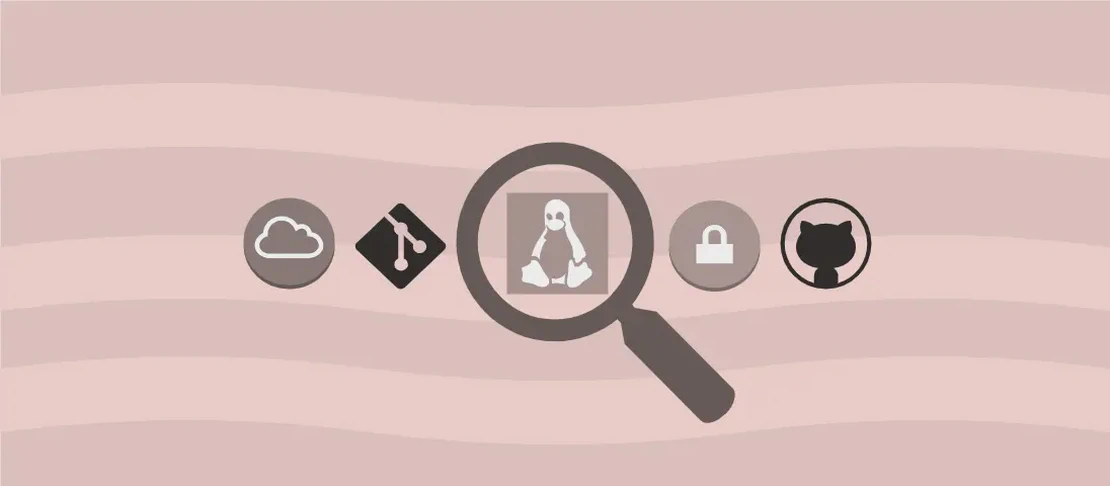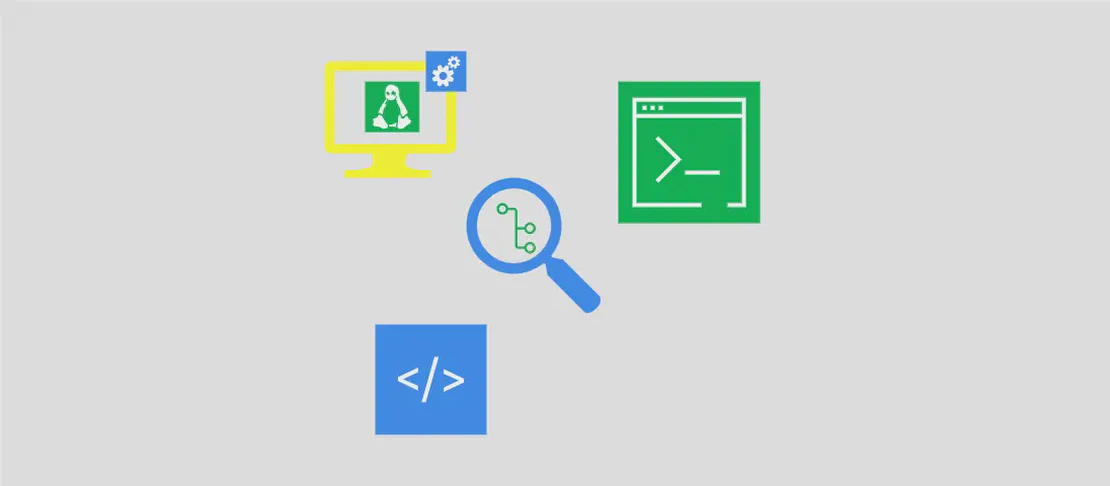8 Useful Examples of Using `brew --cask` Command (with examples)
Homebrew is a popular package manager for macOS that allows users to easily install and manage software packages from the command line. In addition to managing command-line tools and libraries, Homebrew also allows users to manage macOS applications distributed as binaries using the brew --cask command.
In this article, we will explore 8 different use cases of the brew --cask command with detailed explanations and code examples.
1. Searching for Formulas and Casks
To search for formulas and casks available in Homebrew, you can use the following command:
brew search text
Motivation: This command is useful when you want to find a specific package or application available in Homebrew.
Arguments:
text: The text to search for. It can be a package name, keywords, or any other relevant information.
Example:
brew search firefox
Output:
==> Casks
firefox
2. Installing a Cask
To install a cask from Homebrew, use the following command:
brew install --cask cask_name
Motivation: This command allows you to easily install macOS applications as binaries directly from the command line.
Arguments:
cask_name: The name of the cask to install.
Example:
brew install --cask firefox
Output:
==> Satisfying dependencies
==> Downloading https://downloads.mozilla.org/pub/mozilla.org/firefox/releases/...
==> Downloading from https://cdn-aws.deb.debian.org/firefox/releases/...
######################################################################## 100.0%
==> Verifying SHA-256 checksum for Cask 'firefox'.
==> Installing Cask firefox
==> Linking Binary 'FirefoxDeveloperEdition.app' to '/Applications/FirefoxDeveloperEdition.app'.
🍺 firefox was successfully installed!
3. Listing All Installed Casks
To list all the installed casks, simply run the following command:
brew list --cask
Motivation: This command allows you to view a list of all the macOS applications that were installed using brew --cask.
Example:
brew list --cask
Output:
firefox
4. Listing Installed Casks with Newer Versions
To list installed casks that have newer versions available, use the following command:
brew outdated --cask
Motivation: This command helps you identify outdated macOS applications that can be updated to newer versions.
Example:
brew outdated --cask
Output:
firefox (latest: 88.0)
5. Upgrading an Installed Cask
To upgrade an installed cask, you can use the following command:
brew upgrade --cask cask_name
Motivation: This command allows you to easily update an installed macOS application to the latest available version.
Arguments:
cask_name: The name of the cask to upgrade. If not specified, all installed casks will be upgraded.
Example:
brew upgrade --cask firefox
Output:
==> Upgrading 1 outdated package:
firefox 87.0 -> 88.0
==> Upgrading Cask firefox
==> Downloading https://downloads.mozilla.org/pub/mozilla.org/firefox/releases/...
==> Downloading from https://cdn-aws.deb.debian.org/firefox/releases/...
######################################################################## 100.0%
==> Verifying SHA-256 checksum for Cask 'firefox'.
==> Uninstalling Cask firefox
==> Unlinking Binary '/Applications/FirefoxDeveloperEdition.app/Contents/MacOS/firefox'.
==> Unlinking Binary '/Applications/FirefoxDeveloperEdition.app/Contents/MacOS/plugin-container.app/Contents/MacOS/plugin-container'.
==> Unlinking Binary '/Applications/FirefoxDeveloperEdition.app/Contents/MacOS/updater'.
==> Purging files for version 87.0 of Cask firefox
==> Installing Cask firefox
==> Linking Binary 'FirefoxDeveloperEdition.app' to '/Applications/FirefoxDeveloperEdition.app'.
🍺 firefox was successfully upgraded!
6. Uninstalling a Cask
To uninstall a cask, you can use the following command:
brew uninstall --cask cask_name
Motivation: This command allows you to remove an installed macOS application that was installed using brew --cask.
Arguments:
cask_name: The name of the cask to uninstall.
Example:
brew uninstall --cask firefox
Output:
==> Uninstalling Cask firefox
==> Unlinking Binary '/Applications/FirefoxDeveloperEdition.app/Contents/MacOS/firefox'.
==> Unlinking Binary '/Applications/FirefoxDeveloperEdition.app/Contents/MacOS/plugin-container.app/Contents/MacOS/plugin-container'.
==> Unlinking Binary '/Applications/FirefoxDeveloperEdition.app/Contents/MacOS/updater'.
==> Purging files for version 88.0 of Cask firefox
🍺 firefox was successfully uninstalled!
7. Uninstalling a Cask and Removing Settings and Files
To completely remove a cask and all related settings and files, use the following command:
brew zap --cask cask_name
Motivation: This command is useful when you want to perform a clean uninstallation of a macOS application installed with brew --cask, removing all associated files and configurations.
Arguments:
cask_name: The name of the cask to uninstall and zap.
Example:
brew zap --cask firefox
Output:
Uninstalling Cask firefox, removing all associated files...
(1/4) Removing: /usr/local/Caskroom/firefox
(2/4) Removing: /Users/your_username/Library/Application Support/firefox
(3/4) Removing: /Users/your_username/Library/Caches/firefox
(4/4) Removing: /Users/your_username/Library/Preferences/org.mozilla.firefox.plist
🍻 firefox was successfully uninstalled and zapped!
8. Displaying Information about a Cask
To view detailed information about a specific cask, you can use the following command:
brew info --cask cask_name
Motivation: This command can provide you with important information about a cask, including its version, description, dependencies, and more.
Arguments:
cask_name: The name of the cask to display information about.
Example:
brew info --cask firefox
Output:
firefox: 87.0 Caskroom
Mozilla Firefox Developer Edition is a version of Firefox tailored for developers...
In conclusion, the brew --cask command is a powerful tool for managing macOS applications as binaries. Whether you need to search for packages, install applications, update outdated versions, or uninstall and remove associated files, Homebrew’s brew --cask command provides a convenient workflow for administering macOS applications from the command line.

